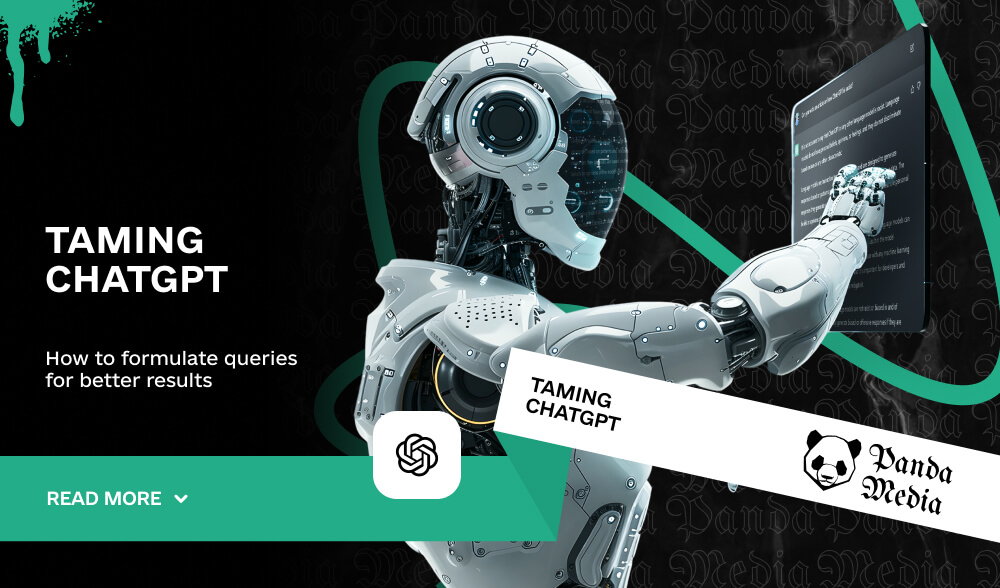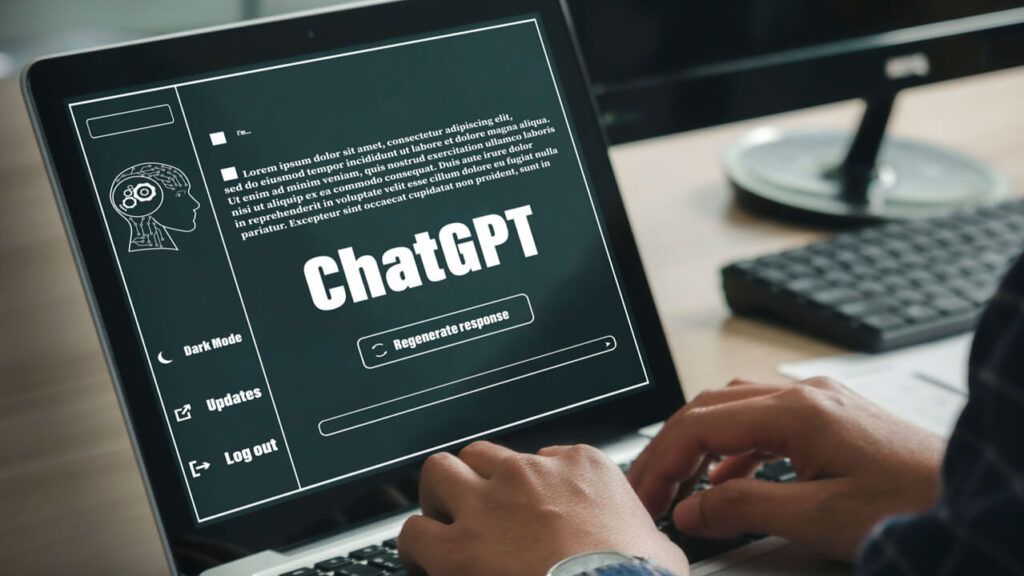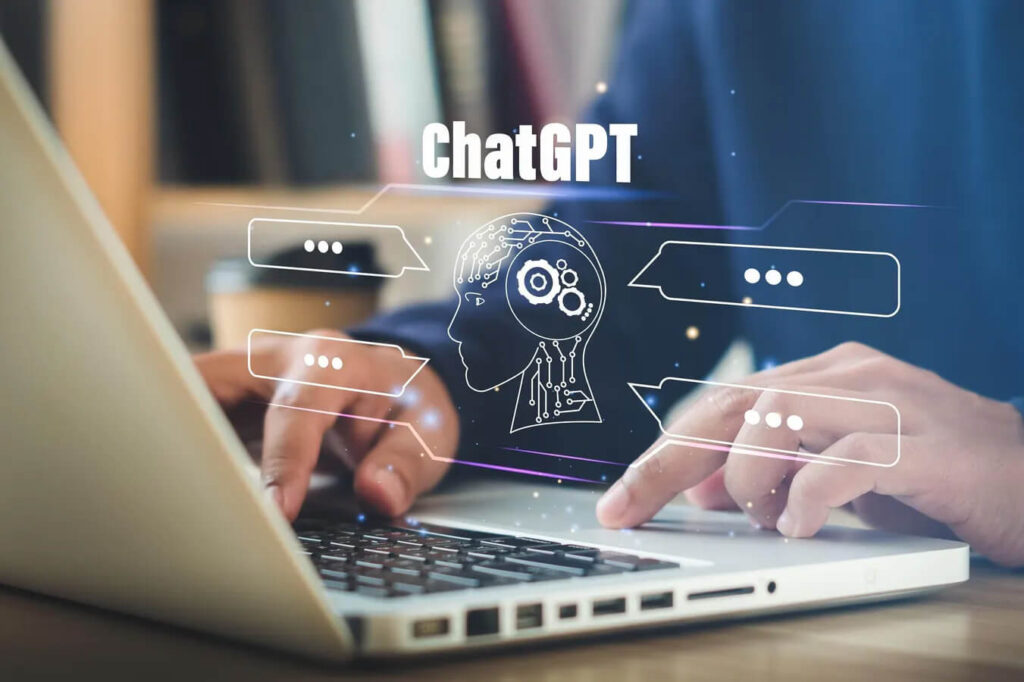Don't miss interesting news

Tame ChatGPT. How to formulate queries for better results

The ChatGPT neural network is one of the most advanced neural systems with a huge database and self-learning. Today, more than 200 million people use ChatGPT, an artificial intelligence-based chatbot from OpenAI, every week. But what is the best way to interact with ChatGPT? There’s really no right or wrong way to communicate with this machine learning-based tool. You can really write anything to it and get certain results. However, there are some guidelines that will help you formulate the right queries to get the best results. The developers of the language model, OpenAI, are constantly making adjustments, so ChatGPT is developing and updating constantly.
It is important to understand that ChatGPT is not a search engine like Google, but a real assistant. It knows a lot of things and speaks several languages. But it is very important to give it the right query – a prompt. This way, it can better understand its task and provide the most accurate answer.

So, the correct query algorithm is:
It is important to remember that when preparing images or texts for commercial purposes, such requests should be avoided, as such experiments can lead to possible copyright infringement claims.
Example for Twitter: Compile the generated text into several tweets. Remember that the maximum length of one tweet is 280 characters. Use short sentences and don’t stretch them over several tweets. Start your tweets with consecutive numbering.
Example for Linkedin: Please format the generated text as a post on LinkedIn. Keep in mind that the maximum length is 3000 characters. Structure the main points of the text in a bulleted list. Start with a captivating teaser sentence and end with a call to action for greater engagement.
Life hack. If you doubt whether you can clearly formulate a request to ChatGPT, ask it to do it for you. Give the chatbot a task: “Write a prompt for me that would more accurately describe the following topics: “How has the gambling industry in Ukraine changed over the past 2 years”. Then copy and paste the query into the chat.”
When forming a question to ChatGPT neural network, you should avoid:

Pay attention to talkativeness.A chatbot can give both a long answer and concise hints to the prompt you created. If most of your chat tasks require similarly sized answers, you can limit the conditional “chat verbosity” in the same field – Verbosity. Let’s look at 5 Verbosity gradations that you can use to control the detail of your answers.
Prompts/requests/instructions are a key tool for interacting with the ChatGPT intelligent model. With their help, you can control the text generation process and get more accurate and high-quality answers. However, it is worth remembering that you should be very careful with ChatGPT when it comes to updates and new data, do not rely on it completely and always double-check what you write. It can easily share outdated documentation or generate an old version that won’t work.